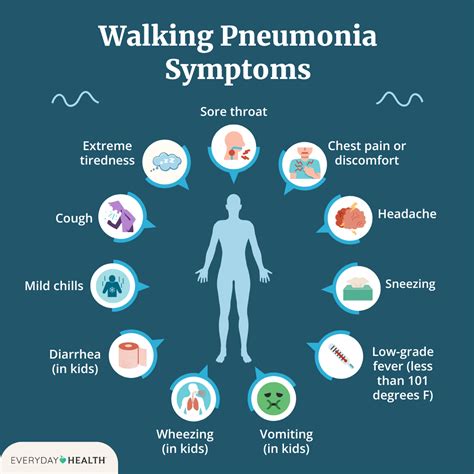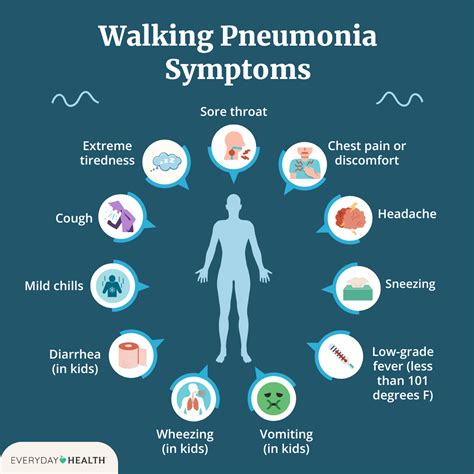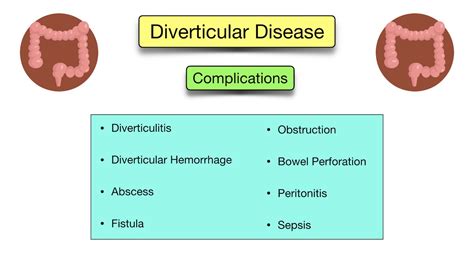Intro
Discover Walking Pneumonia Symptoms, including mild cough, fatigue, and fever, and learn about diagnosis, treatment, and management of atypical pneumonia and bronchitis.
Walking pneumonia, also known as atypical pneumonia, is a type of pneumonia that is typically mild and can be treated with antibiotics. It is called "walking" pneumonia because its symptoms are often mild enough that one can still be walking around and carrying out daily activities, rather than being bedridden. Despite its mild nature, walking pneumonia can still have a significant impact on one's quality of life, and it is essential to recognize its symptoms to seek proper treatment.
The importance of recognizing walking pneumonia symptoms cannot be overstated. If left untreated, walking pneumonia can lead to more severe complications, such as bronchitis, sinusitis, and even respiratory failure. Furthermore, walking pneumonia can be contagious, and prompt treatment can help prevent the spread of the infection to others. In this article, we will delve into the world of walking pneumonia, exploring its symptoms, causes, treatment options, and prevention strategies.
Walking pneumonia is a common condition that affects millions of people worldwide. It is estimated that over 2 million cases of walking pneumonia occur in the United States alone each year. The condition is more prevalent in certain populations, such as the elderly, young children, and people with weakened immune systems. Despite its prevalence, walking pneumonia remains a poorly understood condition, and many people are unaware of its symptoms and treatment options.
What is Walking Pneumonia?

Causes of Walking Pneumonia
Walking pneumonia is often caused by a combination of factors, including bacterial infection, viral infection, and environmental factors. The bacteria that cause walking pneumonia are typically spread through the air, and can be found in respiratory droplets, such as those produced by coughing or sneezing. In some cases, walking pneumonia can be caused by a viral infection, such as the flu or a cold.Walking Pneumonia Symptoms

Diagnosing Walking Pneumonia
Diagnosing walking pneumonia can be challenging, as its symptoms are often similar to those of other conditions, such as the flu or a cold. A doctor may use a combination of physical examination, medical history, and diagnostic tests, such as chest X-rays and blood tests, to diagnose walking pneumonia.Treatment Options for Walking Pneumonia

Prevention Strategies
Preventing walking pneumonia involves practicing good hygiene, such as washing hands regularly, avoiding close contact with people who are sick, and getting vaccinated against the flu and other respiratory infections. It is also essential to practice good health habits, such as getting enough sleep, eating a healthy diet, and exercising regularly.Complications of Walking Pneumonia

Managing Walking Pneumonia
Managing walking pneumonia involves a combination of self-care and medical treatment. It is essential to get plenty of rest, stay hydrated, and practice good hygiene to help the body recover from the infection. In some cases, over-the-counter medications, such as pain relievers and cough suppressants, may be necessary to manage symptoms.Walking Pneumonia in Special Populations

Walking Pneumonia in Children
Walking pneumonia in children can be a serious condition, and prompt medical attention is essential. Symptoms in children may include: * Cough * Fever * Chills * Fatigue * Headache * Sore throat * Runny nose * Chest pain or discomfortConclusion and Final Thoughts

We encourage you to share your thoughts and experiences with walking pneumonia in the comments below. If you have any questions or concerns, please do not hesitate to reach out. Let's work together to raise awareness about this important health topic and promote healthy living.
What are the symptoms of walking pneumonia?
+The symptoms of walking pneumonia include cough, fever, chills, fatigue, headache, sore throat, runny nose, chest pain or discomfort, shortness of breath, and wheezing or coughing up mucus.
How is walking pneumonia diagnosed?
+Walking pneumonia is diagnosed through a combination of physical examination, medical history, and diagnostic tests, such as chest X-rays and blood tests.
Can walking pneumonia be prevented?
+Yes, walking pneumonia can be prevented by practicing good hygiene, getting vaccinated against the flu and other respiratory infections, and managing symptoms promptly.
What are the complications of walking pneumonia?
+The complications of walking pneumonia include bronchitis, sinusitis, and even respiratory failure. In rare cases, walking pneumonia can be life-threatening, especially in people with weakened immune systems.
How is walking pneumonia treated?
+Walking pneumonia is typically treated with antibiotics, rest, and hydration. In some cases, hospitalization may be necessary, especially if the condition is severe or if the person has a weakened immune system.
